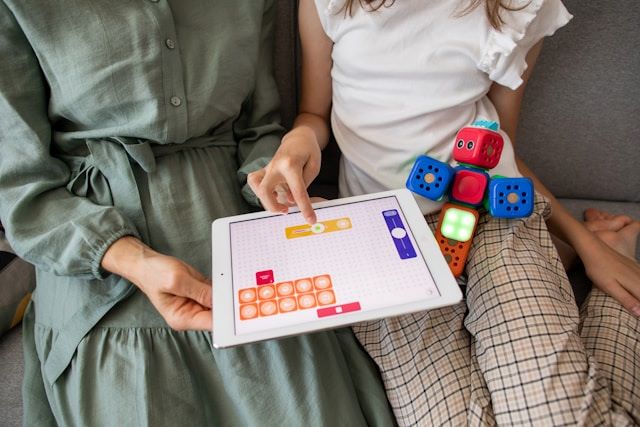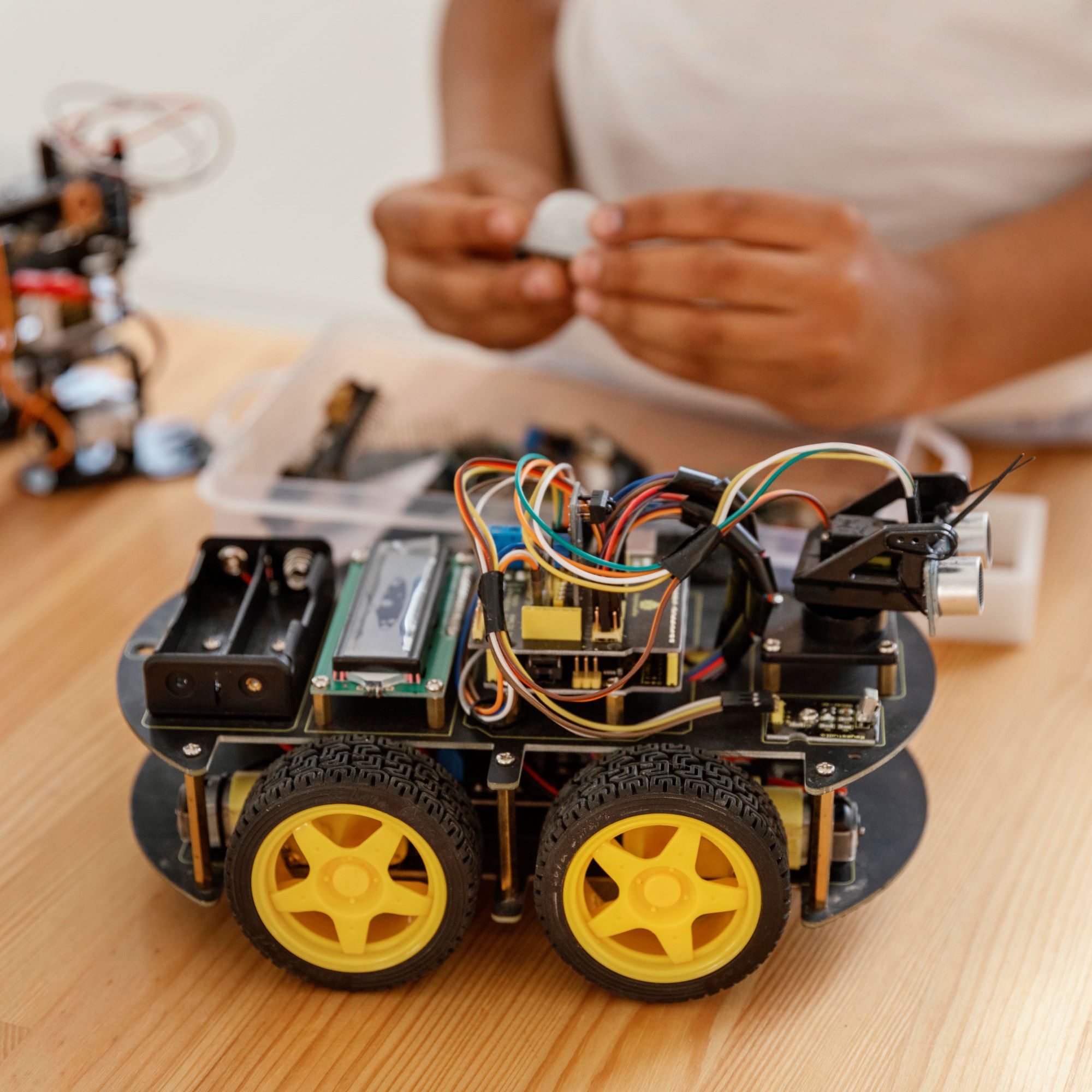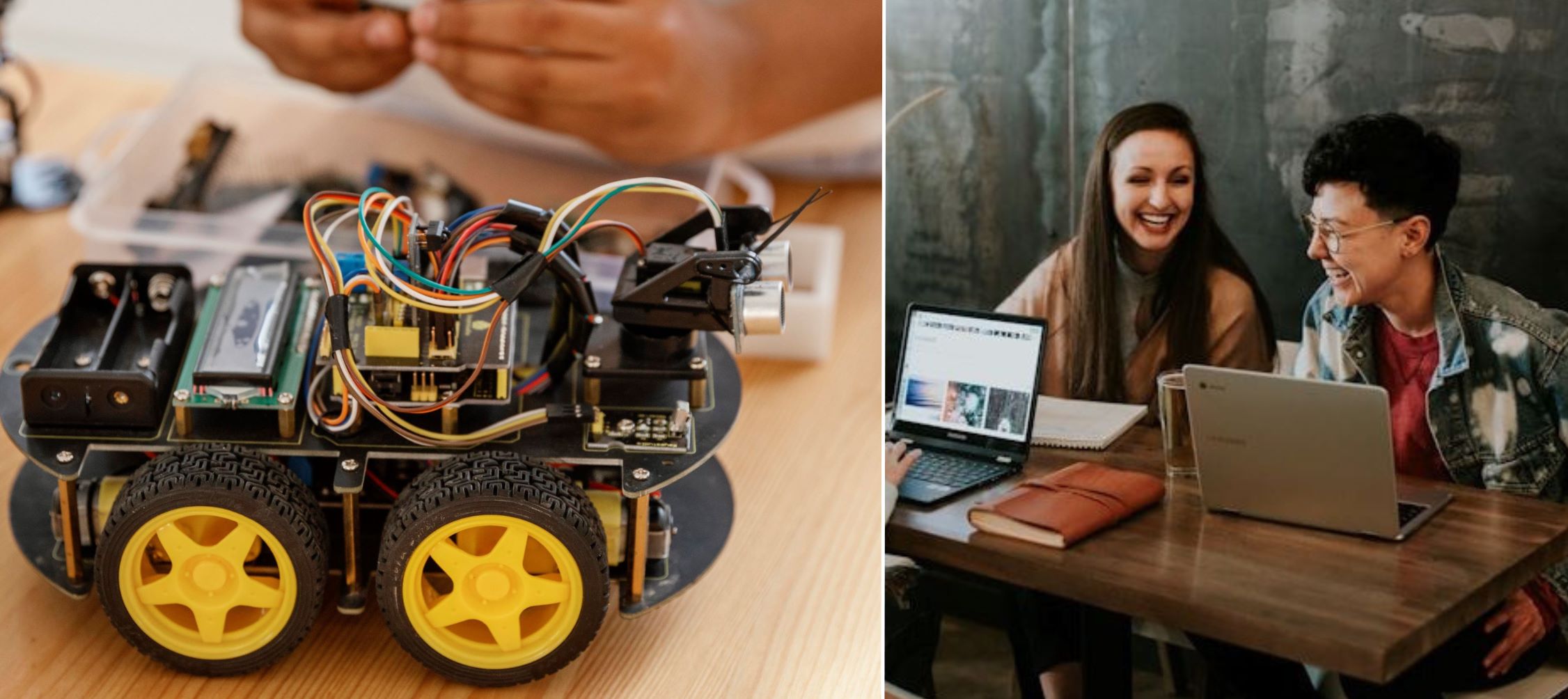The educational landscape in Los Angeles is undergoing a profound transformation, fueled by the integration of advanced technologies. From interactive digital tools to personalized learning platforms, technology is reshaping the way students learn and teachers instruct. This shift transcends the mere inclusion of gadgets and software in classrooms; it is about fostering a dynamic, inclusive, and engaging learning environment that equips students with the skills needed for the future. Los Angeles schools, by embracing these technological advancements, are setting new standards for educational institutions across the nation.
Amid this technological evolution, resources like Write My Essay services are becoming indispensable for students. These services offer vital support, helping students manage their academic workload and enhance their writing abilities in an era where digital literacy is crucial. Technology’s influence extends beyond classroom learning, affecting how students approach assignments, collaborate on projects, and seek academic assistance. By integrating educational technologies and academic support services, Los Angeles schools are not only improving current educational outcomes but also preparing students for long-term success in an increasingly digital world.
Enhanced Accessibility and Inclusion
One of the most significant impacts of technology in Los Angeles schools is the increased accessibility it provides. Digital platforms and tools have made education more inclusive, enabling students with diverse learning needs to access resources that cater to their unique requirements. Assistive technologies, such as screen readers and speech-to-text applications, empower students with disabilities to engage more fully with their coursework.
Interactive and Engaging Learning Experiences
Traditional teaching methods often struggle to keep students engaged. Technology addresses this challenge by introducing interactive and multimedia-rich content. Tools like smartboards, educational apps, and virtual reality (VR) can make learning more engaging. For instance, students can take virtual field trips to historical sites or explore complex scientific concepts through interactive simulations, making learning both fun and memorable.

Personalized Learning Paths
Technology enables personalized learning, where educational experiences are tailored to the individual needs and pace of each student. Adaptive learning software can assess a student’s strengths and weaknesses, providing customized resources and activities to address specific gaps in knowledge. This personalized approach ensures that all students, regardless of their starting point, can achieve academic success.
Collaborative Learning Opportunities
Collaboration is a critical skill in today’s interconnected world. Technology fosters collaborative learning by enabling students to work together on projects, regardless of their physical location. Online platforms such as Google Classroom, Microsoft Teams, and other collaborative tools allow students to share ideas, work on group assignments, and receive real-time feedback from peers and teachers.
Preparing Students for the Future
In an increasingly digital world, proficiency with technology is a crucial skill. By integrating technology into the curriculum, Los Angeles schools are preparing students for future careers. Coding classes, digital literacy programs, and exposure to cutting-edge technologies like artificial intelligence (AI) and robotics equip students with the skills they need to thrive in the 21st-century workforce.

Efficient Administrative Processes
Technology also streamlines administrative processes, freeing up valuable time for educators to focus on teaching. Digital attendance systems, grade books, and communication platforms make it easier for teachers to manage their classrooms and keep parents informed about their children’s progress. This efficiency translates into a more organized and effective learning environment.
Remote Learning Capabilities
The COVID-19 pandemic underscored the importance of remote learning capabilities. Los Angeles schools quickly adapted by leveraging technology to ensure continuity of education. Platforms like Zoom, Google Meet, and various Learning Management Systems (LMS) became essential tools, allowing students to continue their education from home. This shift not only ensured safety but also highlighted the potential of hybrid learning models that combine in-person and online education.
Professional Development for Educators
To fully leverage the benefits of technology, educators themselves must be proficient with these tools. Los Angeles schools have invested in professional development programs to train teachers in using educational technologies effectively. Workshops, webinars, and peer collaboration opportunities help educators stay up-to-date with the latest trends and best practices in tech-enhanced teaching.
Conclusion
The integration of technology in Los Angeles schools is revolutionizing the way students learn and interact with their educational environment. By making education more accessible, engaging, and personalized, technology is helping to create a more inclusive and effective learning experience. As schools continue to innovate and embrace new technological advancements, the future of education in Los Angeles looks brighter than ever. By understanding and harnessing the power of technology, Los Angeles schools are not only improving current educational outcomes but also preparing the next generation of students to thrive in an ever-evolving digital world.









